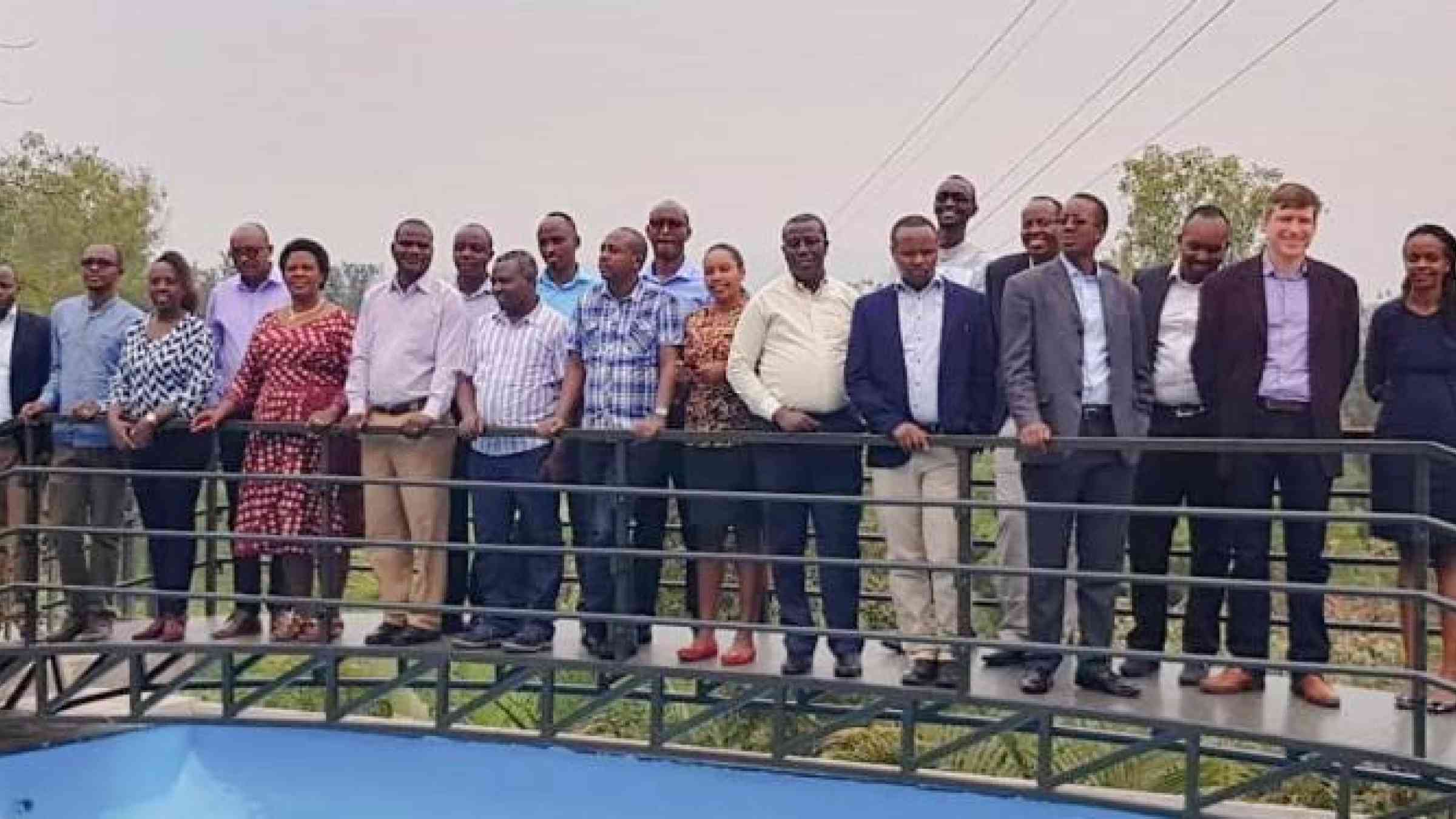
Decision makers such as farmers and government officials require accurate and timely information on the status of agricultural crops. This kind of information is also essential for farmer organizations, traders, NGOs and more. Modern electronic data management and analysis systems can help provide this information. The Government of Rwanda has implemented similar systems in various sectors, and the Ministry of Agriculture (MINAGRI) is now implementing a new agricultural sector Management Information System (MIS). The system centralizes agricultural data collection, storage and management, and has sophisticated analysis and visualization capabilities. Other government agencies have also implemented MIS and other modern systems, allowing Rwanda to become a leader among African countries in this field.
Crop data are only useful if analyzed and communicated rapidly and accurately, while the presentation of data has to be comprehensive and clear for decision makers and other users. In Rwanda, government staff already report agricultural information frequently from all districts, but until now Rwanda has lacked a system for frequent crop conditions reporting. Such a system must draw from both traditional and new data sources, and compile and present the data in maps, images and text. The reports need to cover the entire country as well as focus on regional- and district-level information. During previous meetings with the University of Maryland (UMD) NASA Harvest Hub team, MINAGRI expressed strong interest in developing such a system.
Under a SERVIR Applied Science Team project, the UMD NASA Harvest Hub responded to this need and provided a training and capacity building workshop in Rwanda on the use of Earth observations data for agriculture monitoring. The training took place from 4 to 8 March 2019 at the Hotel Villa Portofino in Kigali. UMD trained 20 participants from four government institutions: MINAGRI, Rwanda Agricultural Board, NAEB, and Meteo Rwanda.
Lilian Ndungu and Stephen Sande from the Regional Centre for Mapping of Resources for Development (RCMRD) organized the workshop together with Innocent Bisangwa from MINAGRI. Dr. Catherine Nakalembe and Dr. Jan Dempewolf from the UMD Harvest Hub led the training on the technical systems and the compilation of the bulletin. The SERVIR Eastern and Southern Africa program supported and funded the effort. SERVIR is a joint initiative of NASA and USAID. It supports capacity building for the use of remote sensing data for improving environmental management and resilience to climate change.

Figure: Page 2 of the Rwanda National Crop Monitor Bulletin first draft, describing end-of-season conditions of maize for March 2019.
The participants learned how to assess crop conditions using the vegetation index time series from UMD's Global Agricultural Monitoring System (GLAM), precipitation time series from UCSB’s Early Warning Explorer (EWX), and field and other available data. Workshop discussions included applying the correct use of the vegetation index and precipitation time series. The time series information was combined with with traditional data sources and expert knowledge for assessing crop conditions. Existing systems in Rwanda which can contribute to or benefit from the crop monitoring initiative were also examined. These include the Meteo Rwanda Map Room, Regreening Africa, AfriCultuReS and Smart Nkunganire. Each analyst entered his/her assessment into the Rwanda Crop Monitor portal.
The information was then compiled into the first draft of the Rwanda National Crop Monitor Bulletin. The draft bulletin reported the end-of-season performance for four major agricultural crops. The workshop participants agreed on a plan forward for coordinating and managing the effort. This includes creating the Rwanda Crop Monitor Technical Working Group with officially appointed members. Potential additional data providers and supporting organizations include the Ministry in Charge of Emergency Management (MIDIMAR) and NISR.
